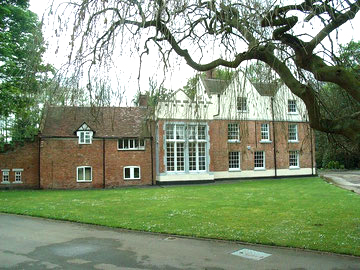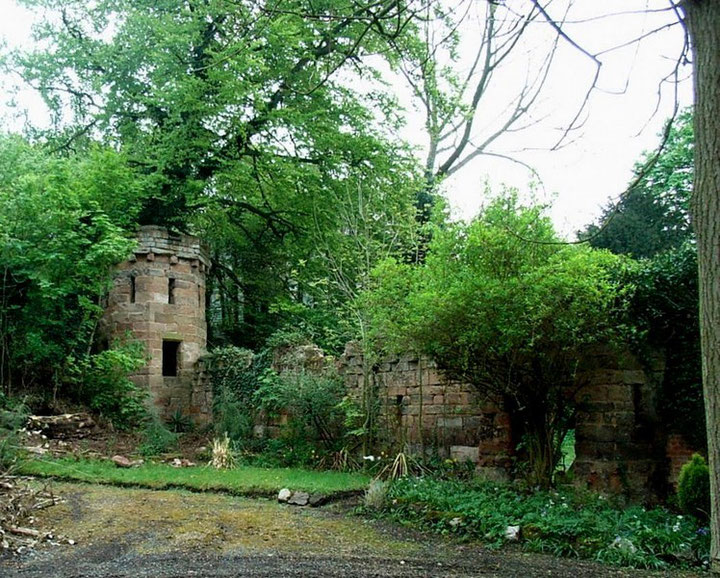LA Ford: First record 1250
Lifford stands close to the ford across the River Rea. As red clay on the east side of Birmingham was slimy and slippery in wet weather, a place where the river ran over a firmer bed would have been a draw for local people and for long-distance travellers for thousands of years. This ford, where Lifford Lane now bridges the river, is likely to be pre-Roman, but it was was certainly in use 2000 years ago on the route of Icknield Street. This was a Roman road which left the Fosse Way at Bourton-on-the-Water, passed via the Roman town of Alcester and on through Stirchley whose Anglo-Saxon name actually means ‘(Roman) road clearing’. It then follows the Pershore Road to Bournville Lane, after which its route to Metchley fort in Edgbaston is uncertain. However, although Adam de la Ford is recorded as living near here in 1275, the name Lifford probably has no connection with the river ford or with Adam.

Lifford Hall is a Grade II Listed building which was erected in 1604 on the site of an earlier medieval building. In 1781 it was the home of James Hewitt of Coventry, who became Lord Chancellor of Ireland. He took Viscount Lifford as his title apparently named from Lifford near Londonderry, Whether this was a coincidence or was deliberately done with reference to the ford is open to conjecture. On Lifford’s death the hall was bought by Thomas Dobbs, the engineer of the adjacent Worcester & Birmingham Canal.
Above : Lifford Hall: the right-hand block was originally the miller&rsqo;s house, the central (since altered) and left-hand blocks housed the mill wheels. Below : the folly to left of the building.

The hall is built of red brick with stone dressings but is now stuccoed. It has 18th-century gothick embattled stone walls and an octagonal watchtower folly. There are 18th- and 19th-century additions. The building was renovated in the 1950s and new office blocks were added in the early 1990s.
Archaeological excavations on the front lawn of the hall in advance of building work revealed evidence of Lifford Mill, a post-medieval watermill which stood here on the River Rea until the early 19th century. The remains were unearthed of a water tunnel leaving the mill and of the tail race to the river.
Documentary evidence shows that there was an earlier medieval mill downstream nearer to the reservoir (which was not there at that time) dating from the 14th century.
